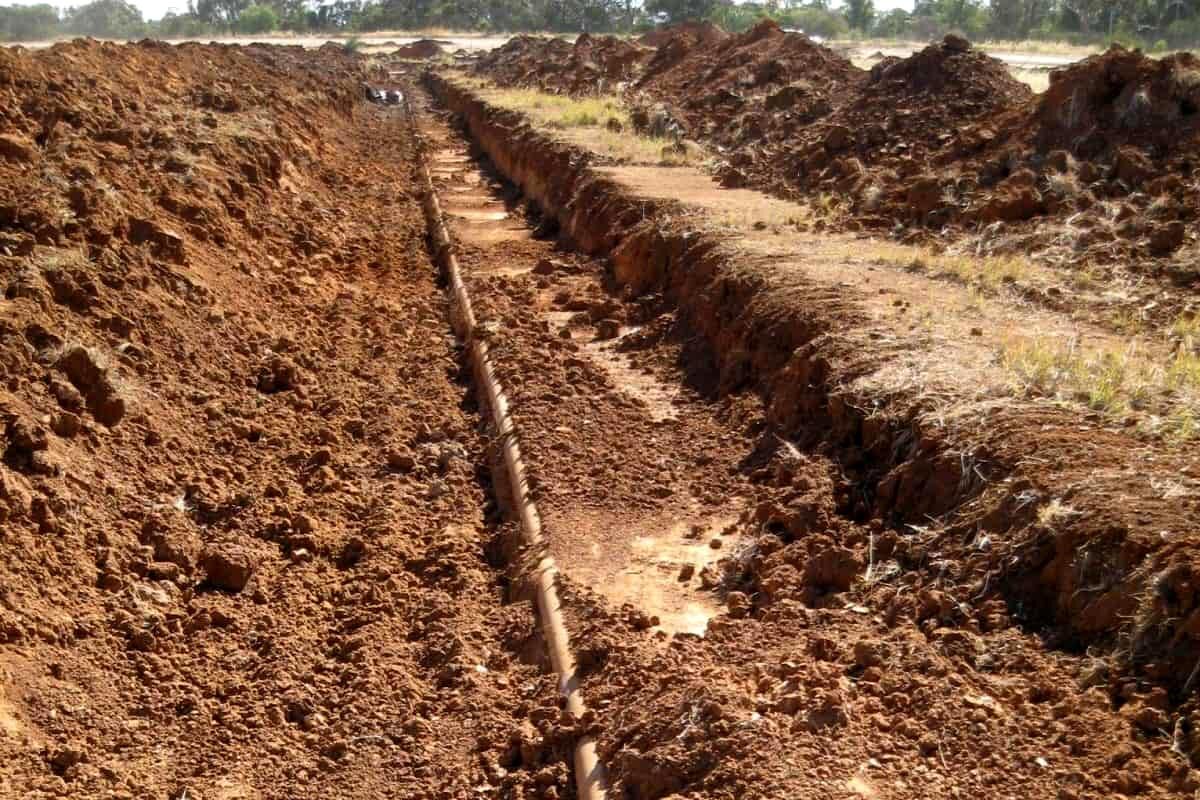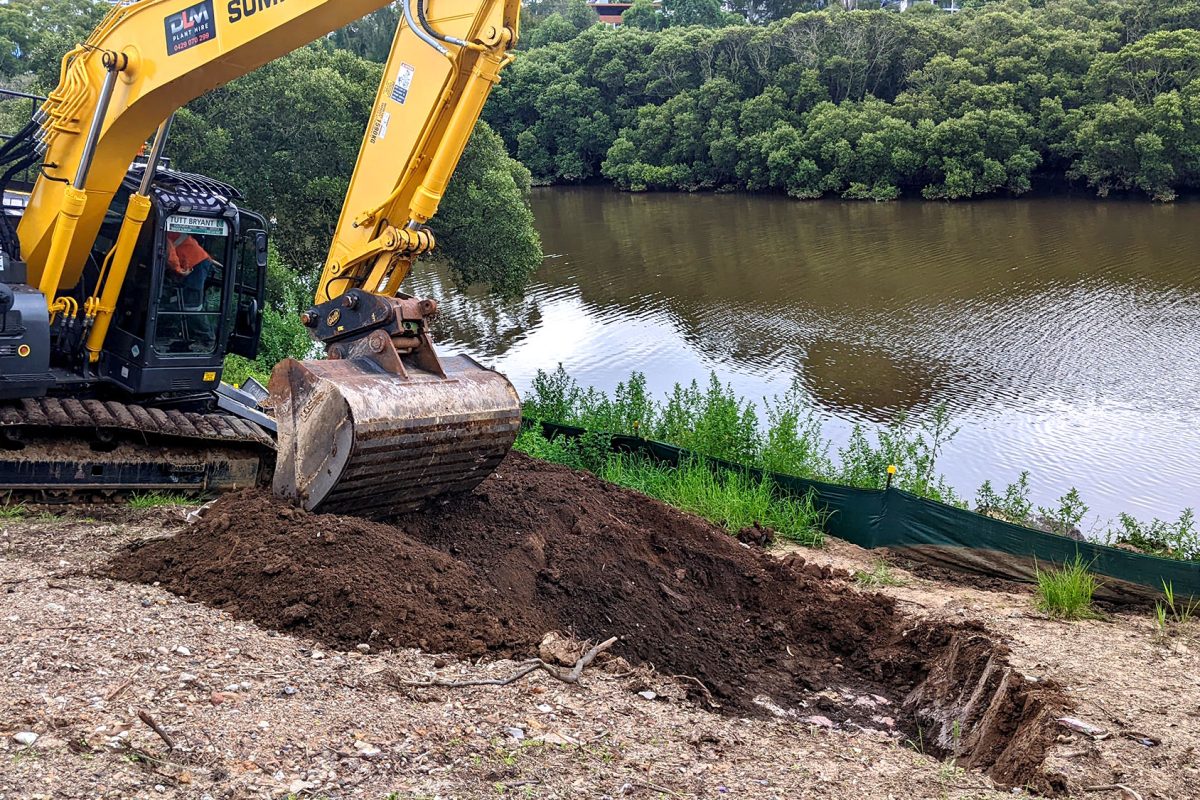Asbestos is a naturally occurring mineral fiber with unique heat resistance and insulating properties. It was widely used in the construction industry until the late 20th century. However, extensive research has linked asbestos exposure to serious health risks, including lung cancer, mesothelioma, and asbestosis. While asbestos-containing materials (ACMs) in buildings are well-known, the presence of asbestos in soils also poses significant concerns. This article will discuss why asbestos in soils needs to be properly managed to protect human health and the environment.
Asbestos in soils can occur due to various sources, such as the weathering of ACMs, the improper disposal of asbestos waste, or naturally occurring asbestos deposits. It can be present in both urban and rural areas, posing risks to individuals living or working in proximity to contaminated sites. Managing asbestos in soils is critical for several reasons:
-
- Human Health Protection: The primary concern is preventing human exposure to asbestos fibers. When contaminated soil is disturbed, tiny asbestos fibers become airborne and can be inhaled or ingested. Once in the body, these fibers can lodge themselves in the lungs or other organs, causing long-term health problems. Proper management reduces the potential for exposure and subsequent health risks.
- Occupational Safety: Workers involved in construction, excavation, or other activities that disturb soil need to be protected from asbestos exposure. Proper management practices, including risk assessments, monitoring, and appropriate safety measures, ensure the well-being of workers, preventing occupational health hazards.
- Environmental Preservation: Asbestos fibers released from soils can contaminate air, water, and vegetation, affecting the overall ecosystem. It can be particularly harmful to wildlife and plant species. Proper management minimizes the spread of asbestos fibers, preserving the environment and preventing potential ecological damage.
- Regulatory Compliance: Many countries have strict regulations regarding the management and disposal of asbestos materials, including asbestos in soils. Compliance with these regulations is essential for individuals, organizations, and authorities to avoid legal and financial ramifications. Proper management ensures adherence to legal requirements and promotes responsible handling and disposal of asbestos-contaminated soils.
- Public Awareness and Education: Proper management practices also help raise public awareness of asbestos-related risks and the importance of handling asbestos-containing soils carefully. Educating the public about the dangers of asbestos, safe handling practices, and the significance of professional assistance encourages responsible behavior and reduces the chances of unintentional exposure.
To properly manage asbestos in soils, several steps should be followed:
- Site Assessment: Conducting a comprehensive site assessment to identify the presence and extent of asbestos contamination.
- Risk Assessment: Evaluate the potential risks associated with the contaminated soil, considering factors such as proximity to sensitive receptors (homes, schools, etc.), land use, and potential exposure pathways.
- Excavation and Remediation: If the risks are deemed significant, appropriate measures should be taken, such as excavation, removal, and proper disposal of the contaminated soils, following established protocols and guidelines.
- Monitoring and Testing: Regular monitoring and testing during and after remediation to ensure the effectiveness of the management activities and confirm that all asbestos fibers have been removed or adequately contained.
- Public Communication: Clear communication with affected communities, local authorities, and stakeholders is crucial to keep them informed about the management activities, potential risks, and safety measures being undertaken.
In conclusion, proper management of asbestos in soils is essential to protect human health, ensure occupational safety, preserve the environment, uphold regulatory compliance, and raise public awareness. By following established protocols and guidelines, we can effectively mitigate the risks associated with asbestos-contaminated soils, contributing to a safer and healthier environment for all. Remember, it is always advisable to consult professionals with expertise in asbestos management to ensure the necessary precautions are taken”.
As of 18 July 2023. By Merlin AI chatbot


